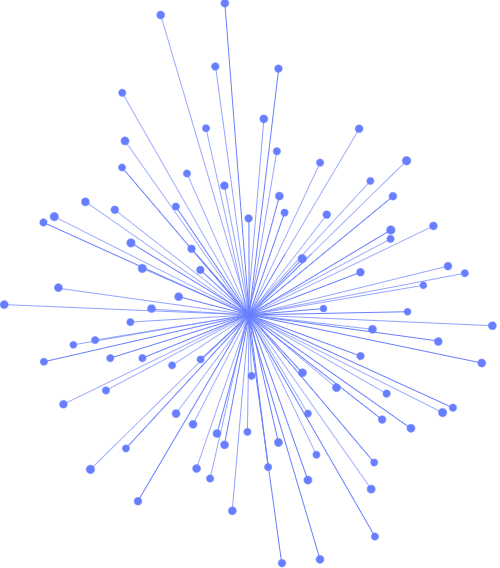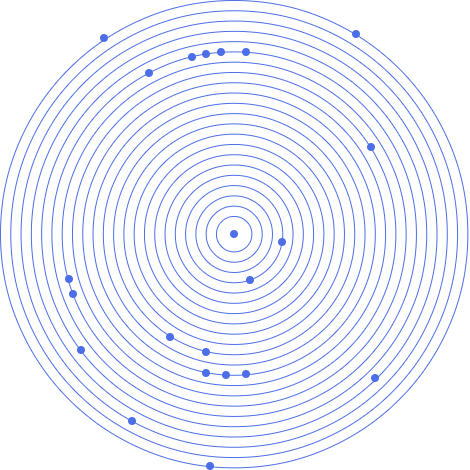
"I thought that the course was excellent and supplied me with great knowledge of SOA, business process and layered architecture. I loved the trainers instruction style and got very good value from the course."
JR, Solutions Design Lead, SOA for Architects & Managers, May 2021










"I thought that the course was excellent and supplied me with great knowledge of SOA, business process and layered architecture. I loved the trainers instruction style and got very good value from the course."
JR, Solutions Design Lead, SOA for Architects & Managers, May 2021
“JBI did a great job of customizing their syllabus to suit our business needs and also bringing our team up to speed on the current best practices. Our teams varied widely in terms of experience and the Instructor handled this particularly well - very impressive”
Brian F, Team Lead, RBS, Data Analysis Course, 20 April 2022

Sign up for the JBI Training newsletter to receive technology tips directly from our instructors - Analytics, AI, ML, DevOps, Web, Backend and Security.
CONTACT
+44 (0)20 8446 7555
Copyright © 2025 JBI Training. All Rights Reserved.
JB International Training Ltd - Company Registration Number: 08458005
Registered Address: Wohl Enterprise Hub, 2B Redbourne Avenue, London, N3 2BS
Modern Slavery Statement & Corporate Policies | Terms & Conditions | Contact Us
POPULAR
AI training courses CoPilot training course
Threat modelling training course Python for data analysts training course
Power BI training course Machine Learning training course
Spring Boot Microservices training course Terraform training course